Cameraria ohridella
Deschka & Dimic, 1986
-
 Subfamily: Lithocolletinae
Subfamily: Lithocolletinae -
 Wingspan: 06-08 mm
Wingspan: 06-08 mm -
 Flight period: Apr - Sep
Flight period: Apr - Sep -
 Spread: Common
Spread: Common -
 Host plants: Hippocastanaceae
Host plants: Hippocastanaceae
Information
The Cameraria ohridella also called Horse-chestnut Leaf Miner is a small moth of the Gracillariidae family, subfamily Lithocolletinae, with a wingspan of 06-08 mm.
In Europe it is present almost everywhere, and is absent from Portugal, Ireland, Norway, the Baltic countries, Belarus and Russia.
In Italy it is absent from the islands. *
Coming from Macedonia, where it was reported for the first time in 1985 . In the following years it was reported in many European countries.
It arrived in Italy at the beginning of the nineties, especially in the northern regions.
The front wing of the Cameraria ohridella is uniformly colored of hazel, with four white lines bordered on the outside in black
which cross the wing from the costa towards the inner margin. The two outermost lines are broken in the middle.
A thin white line runs lengthwise along the wing up to the middle of the basal region. The wing edge is in the background color, fringed.
The rear wing is thin gray in color, also strongly fringed, almost feathered.
On the head there is a tuft of hair of the same background color of the front wings as the same head and thorax,
while the abdomen follows the color of the posterior ones.
The first generation adults appear in spring, late April and May, before spawning when the moths concentrate in large numbers on the trunks of the host plants.
Each female lays 20 to 40 eggs individually on the upper surface of the leaves. The egg is lenticular in shape and whitish in color. **
The larvae emerge from the eggs after 2-3 weeks and dig tunnels (mines) up to 4 centimeters long inside the leaves. ***, ****
Often these galleries cause the leaves to dry out and fall prematurely, in which the insect overwinters as a chrysalis.
The larva begins pupating about four weeks after the egg hatches and, except when hibernating, the adult emerges about two weeks later.
The moth can have a maximum of five generations each year, if the climate is hot and dry, on average, in Western Europe, this moth has three generations each year.
The last generation pupates for over six months in order to overcome the winter period. ***
The pupae are extremely frost tolerant, and there have been reports of surviving temperatures as low as -23 degrees Celsius.
Cameraria ohridella does well in well-irrigated places, such as low-altitude city parks, but not well in warmer parts of Europe, such as Spain.
The larvae feed on:
horse chestnut Aesculus hippocastanum (horse chestnut), in particular the white-flowered variety, while the red-flowered varieties Aesculus carnea are generally less affected.
Cameraria ohridella is also able to feed on Aesculus pavia, Acer platanoides and Acer pseudoplatanus,
on which, in particular, a mitochondrial breed, (haplotype B), appears to develop successfully when horse chestnut leaves are depleted,
but it is not considered a source of risk for these species unlike the common horse chestnut.
* Lepidoptera mundi https://lepidoptera.eu/ - Fauna Europea https://fauna-eu.org/
** Bestimmungshilfe für die in Europa nachgewiesenen Schmetterlingsarten - http://lepiforum.de/
*** Catalogue of the Lepidoptera of Belgium - https://projects.biodiversity.be/lepidoptera/
**** Plant Parasites of Europe leafminers, galls and fungi - https://bladmineerders.nl/
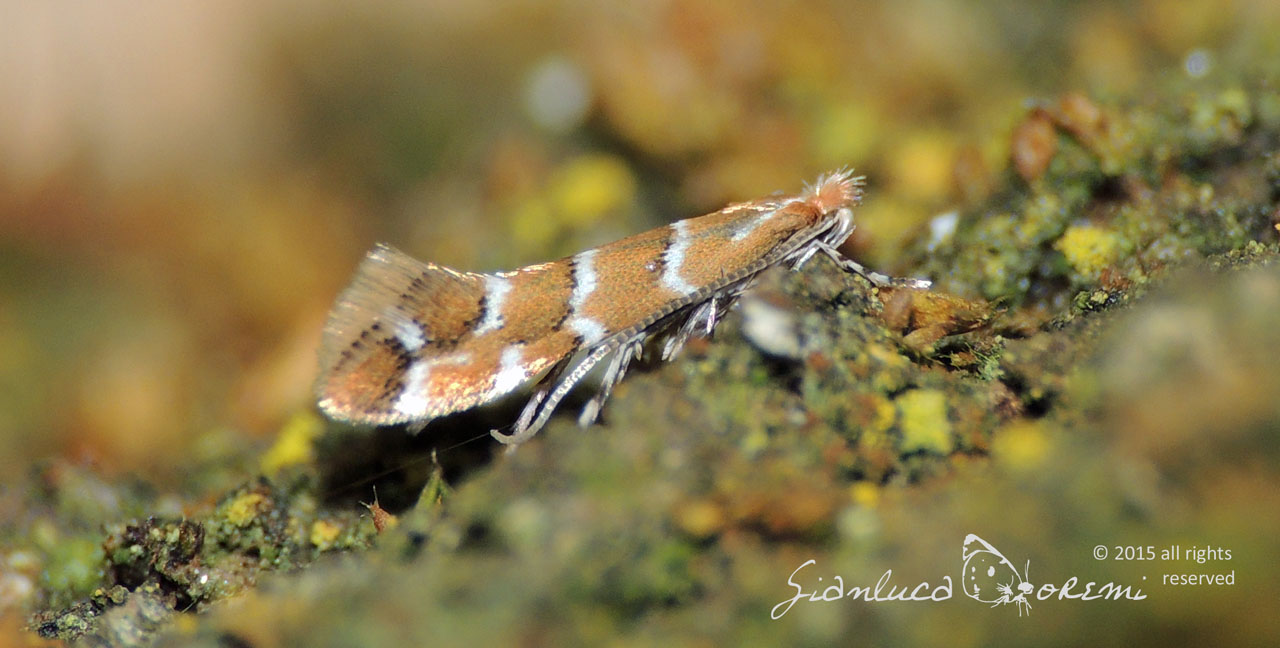
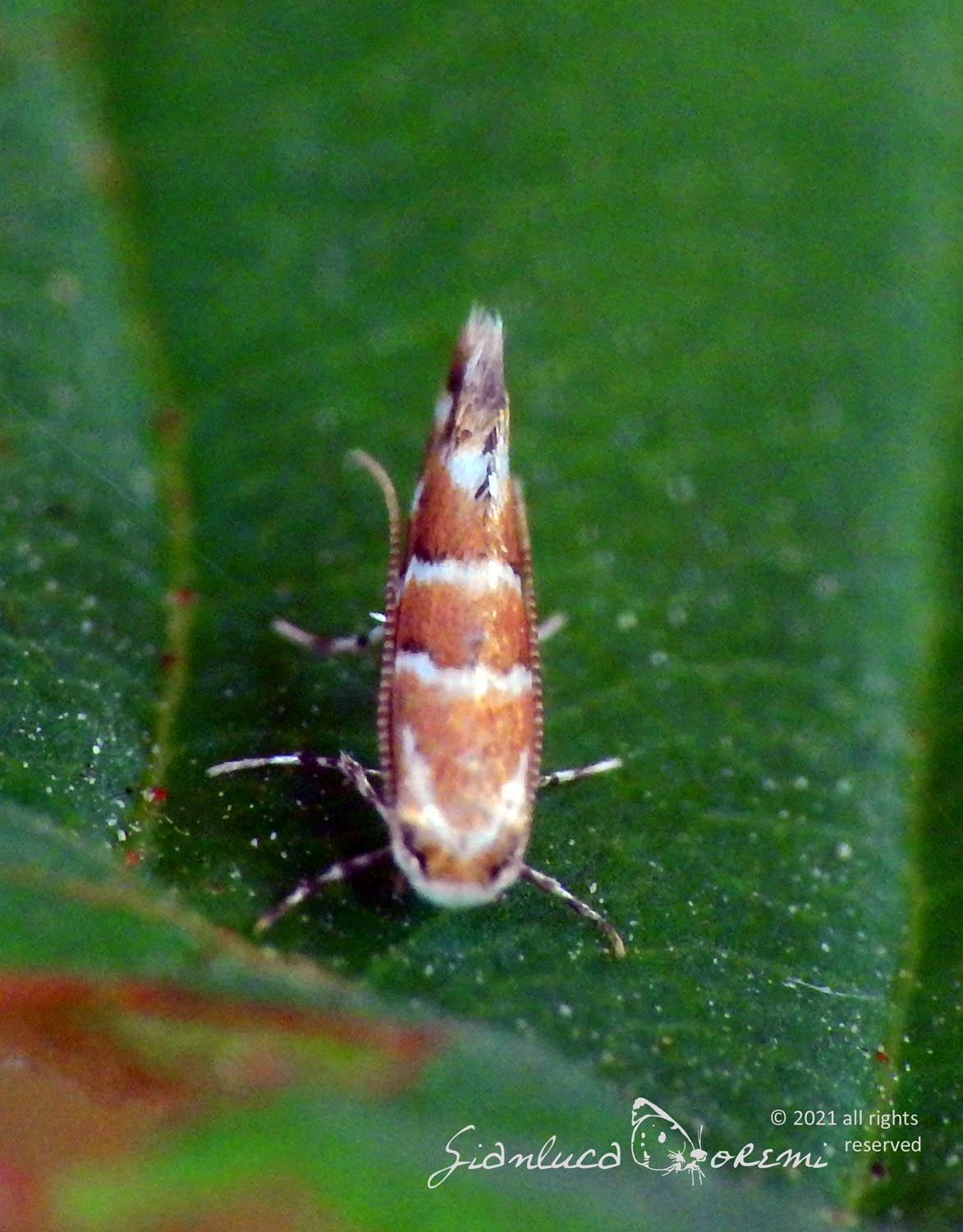
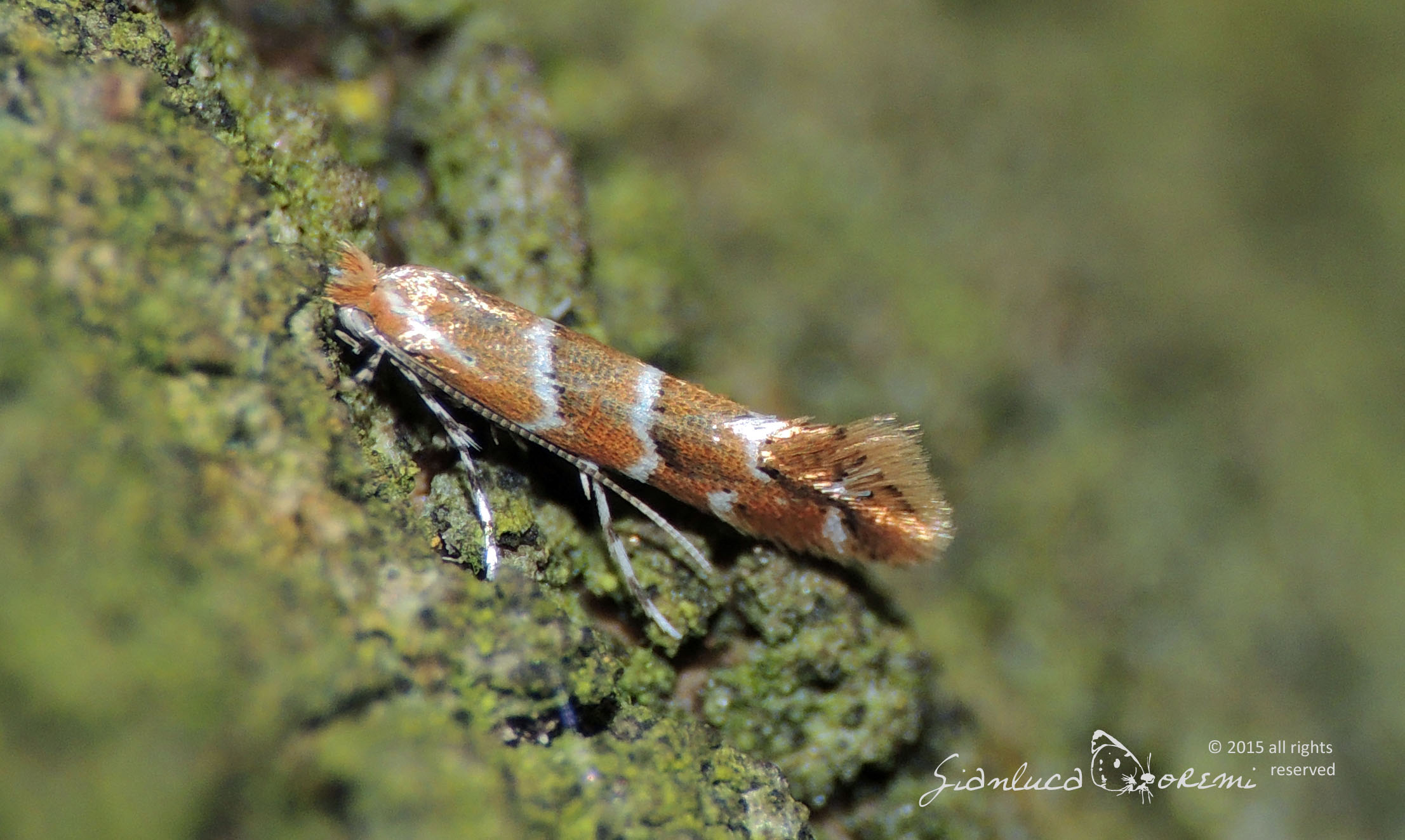
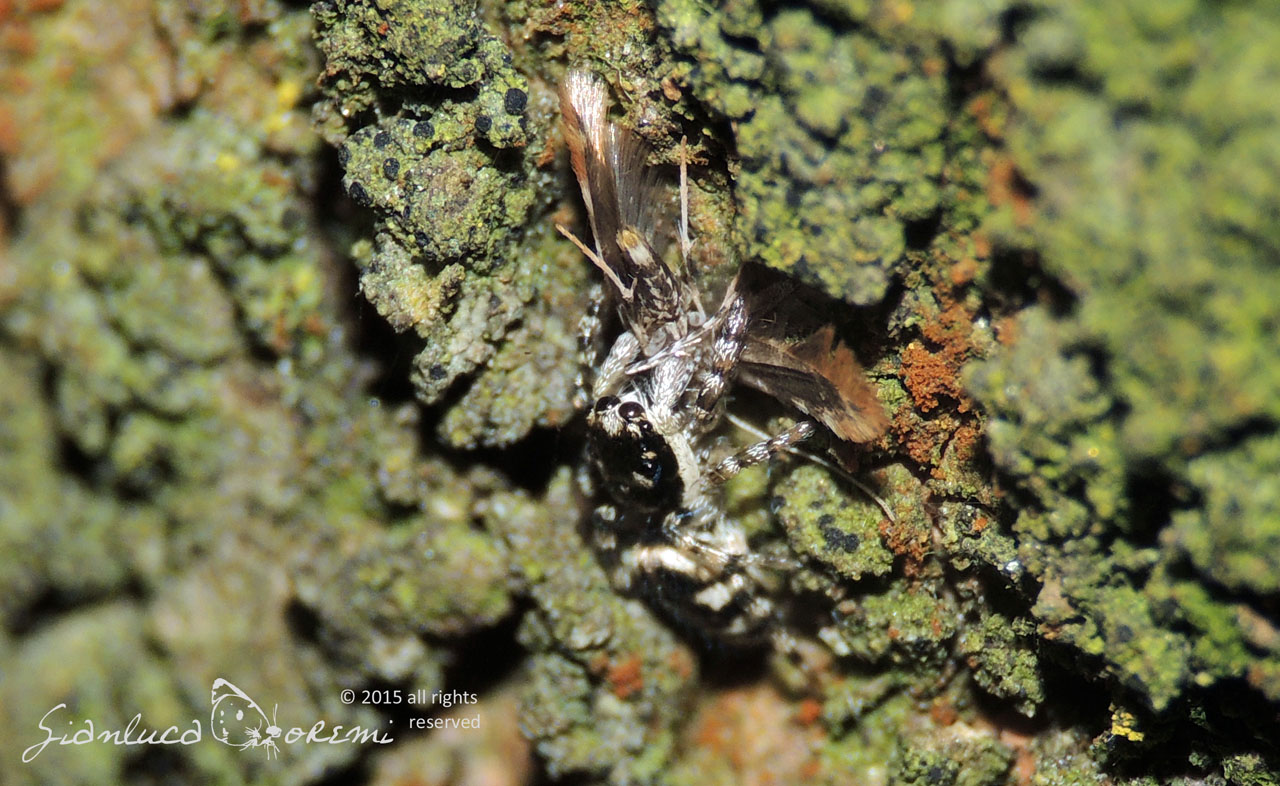

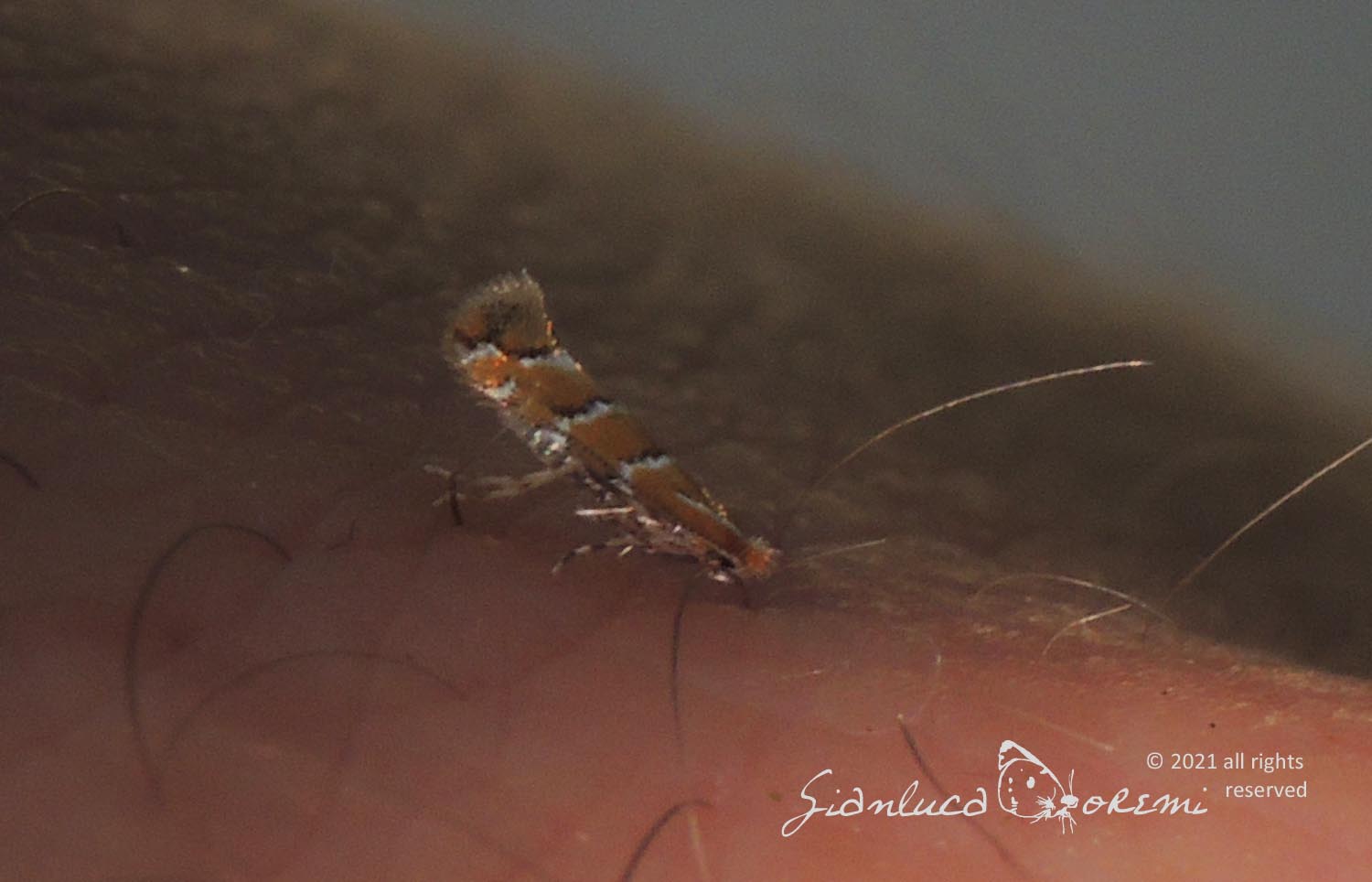
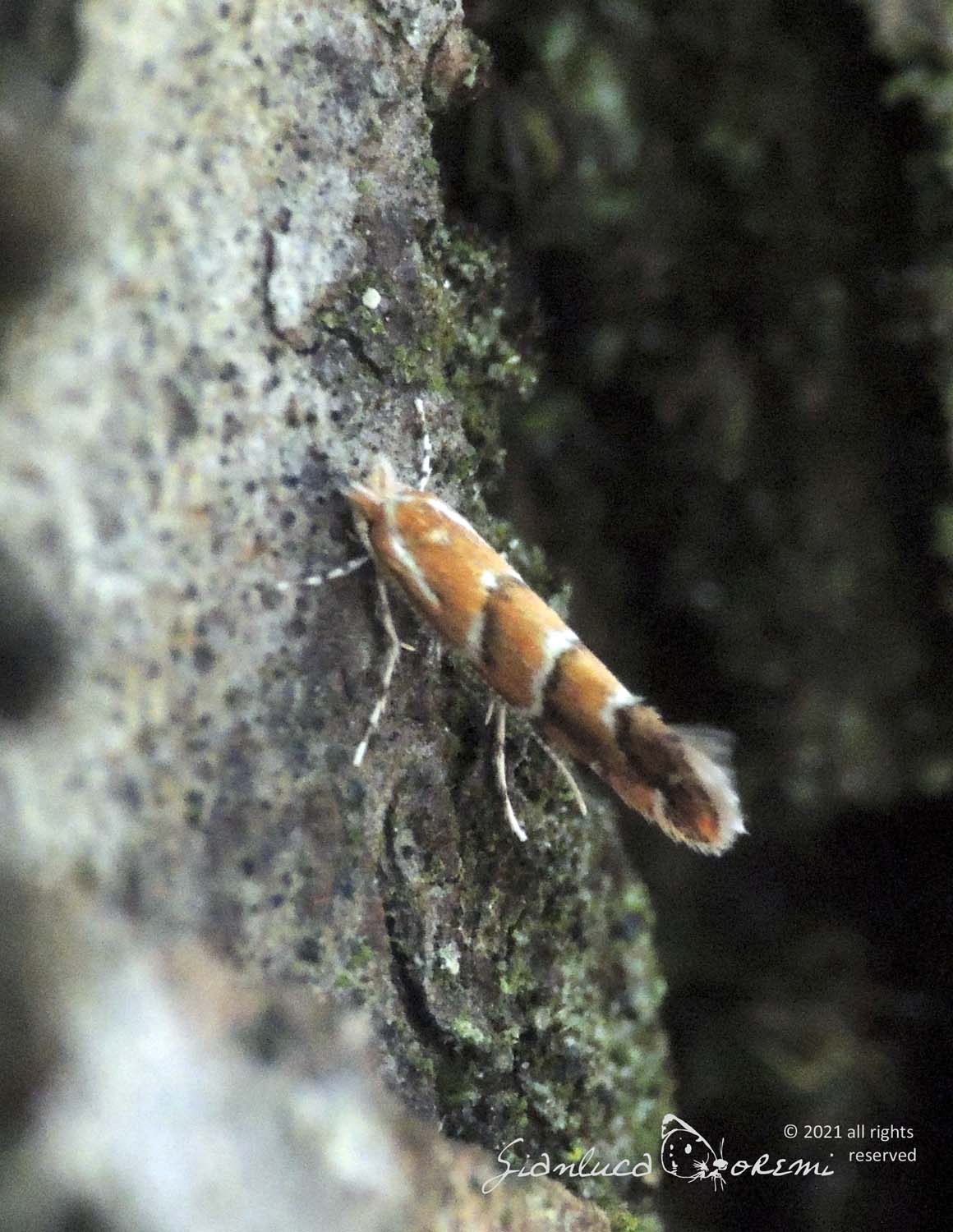
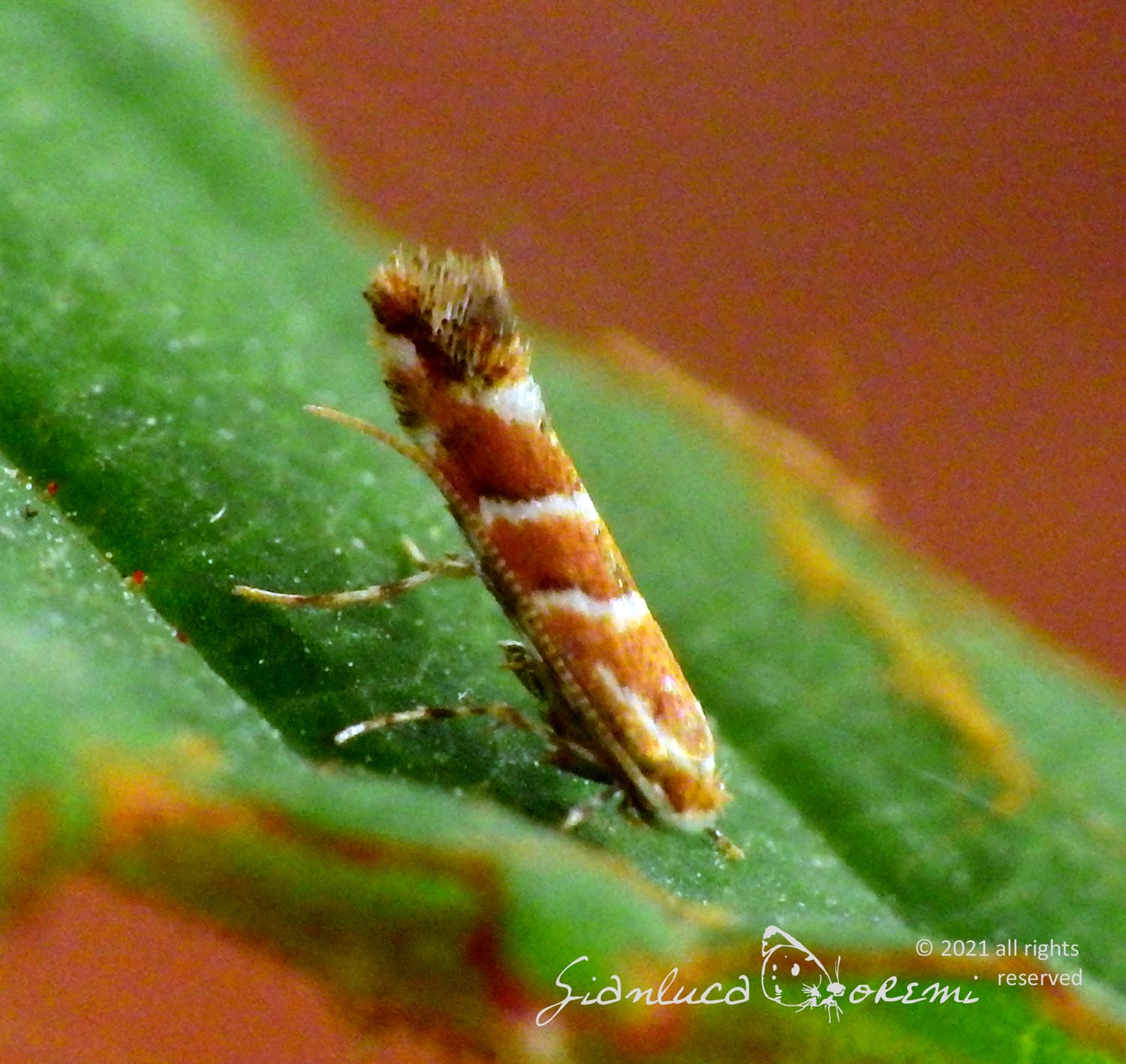
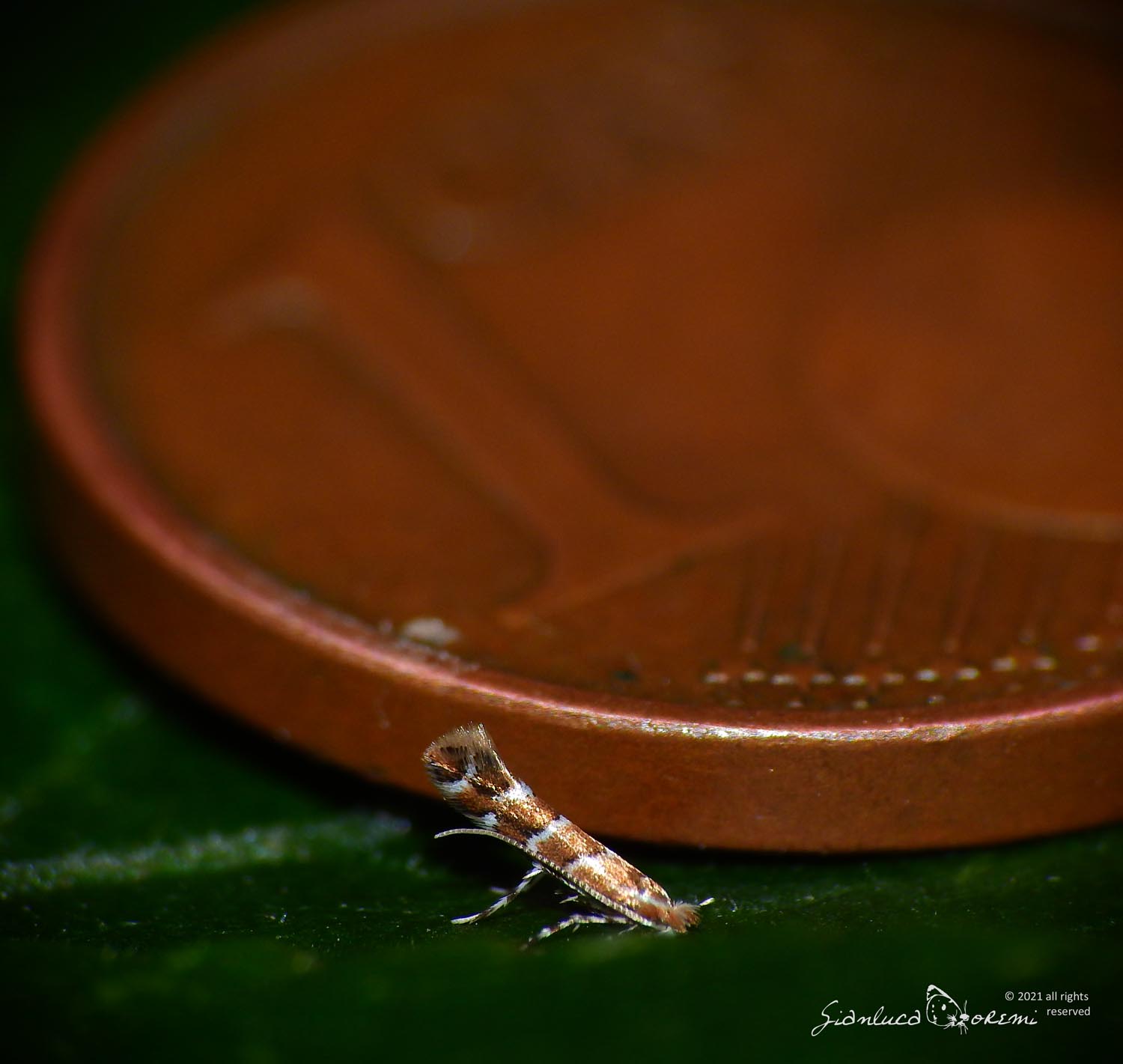

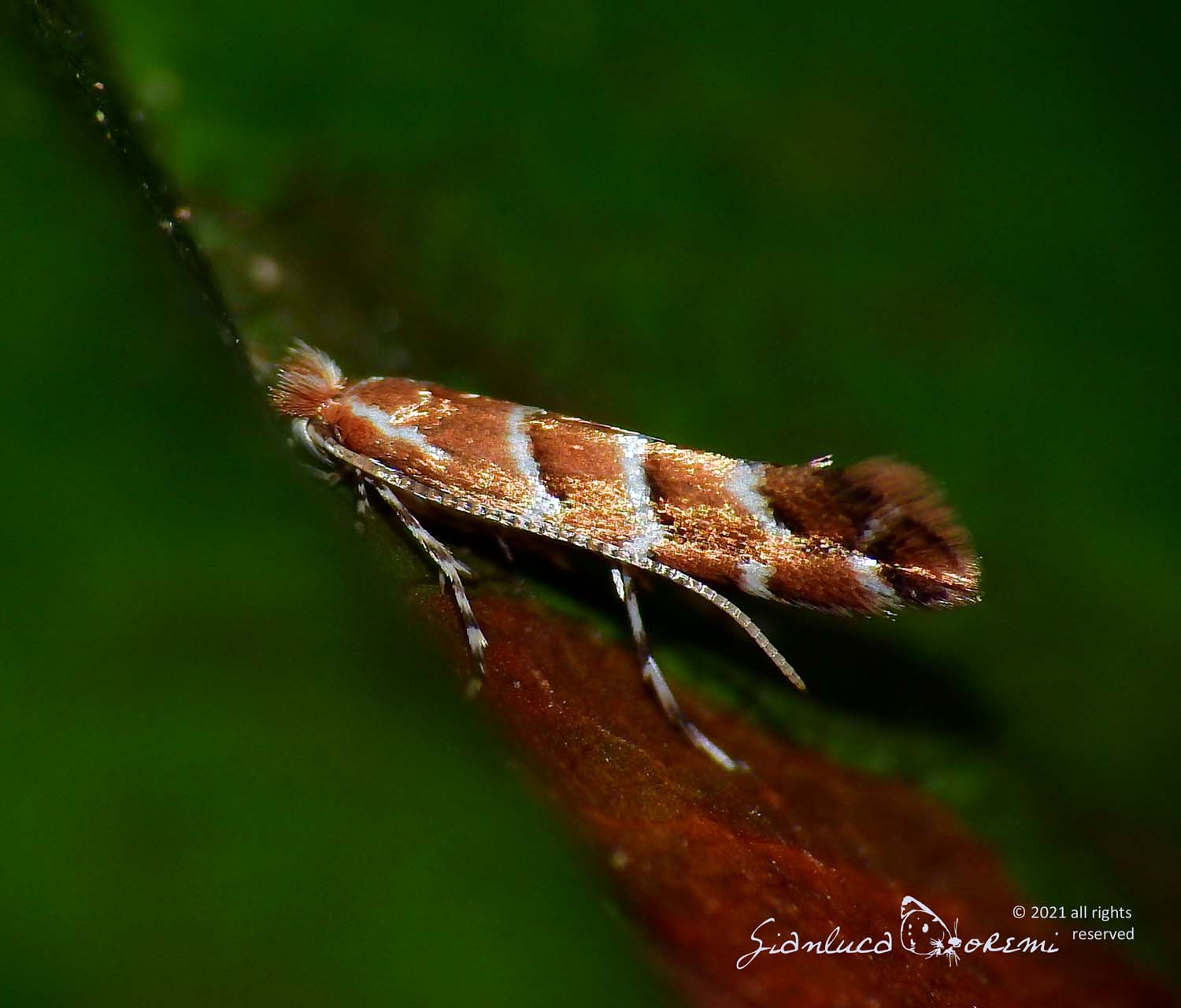

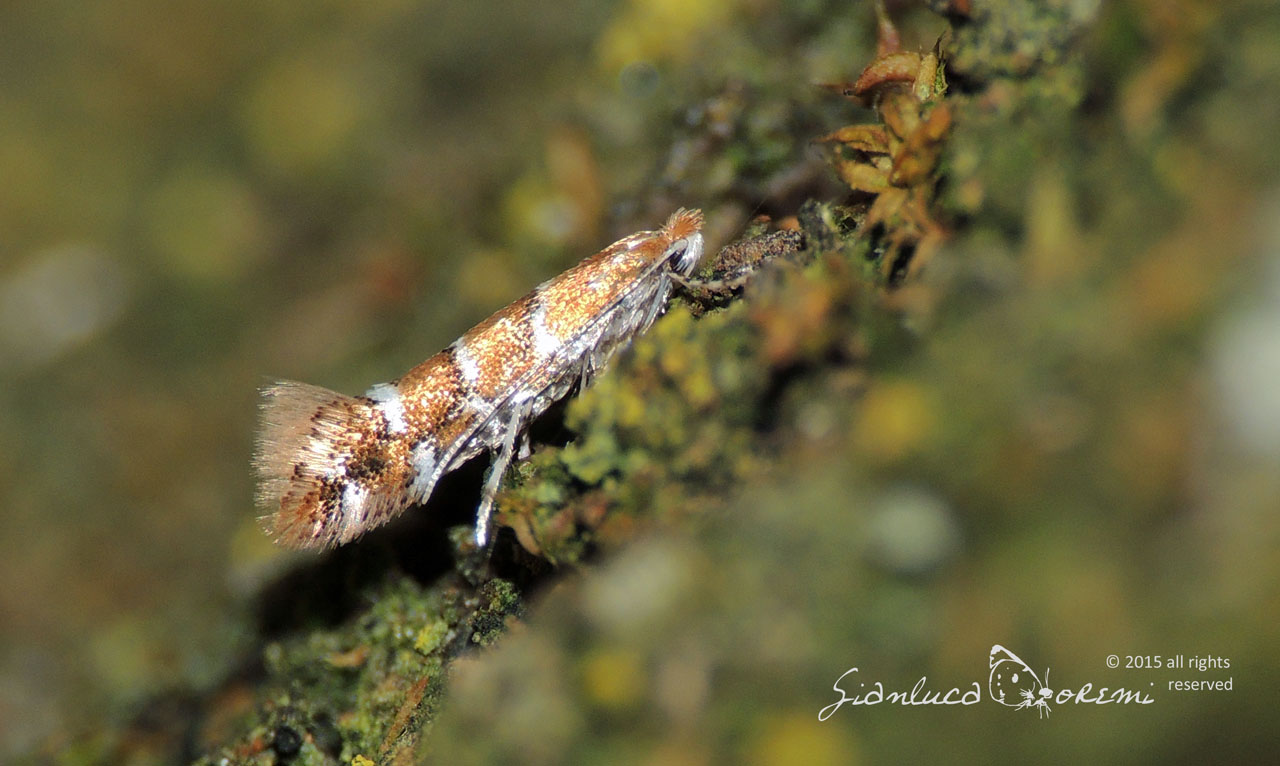
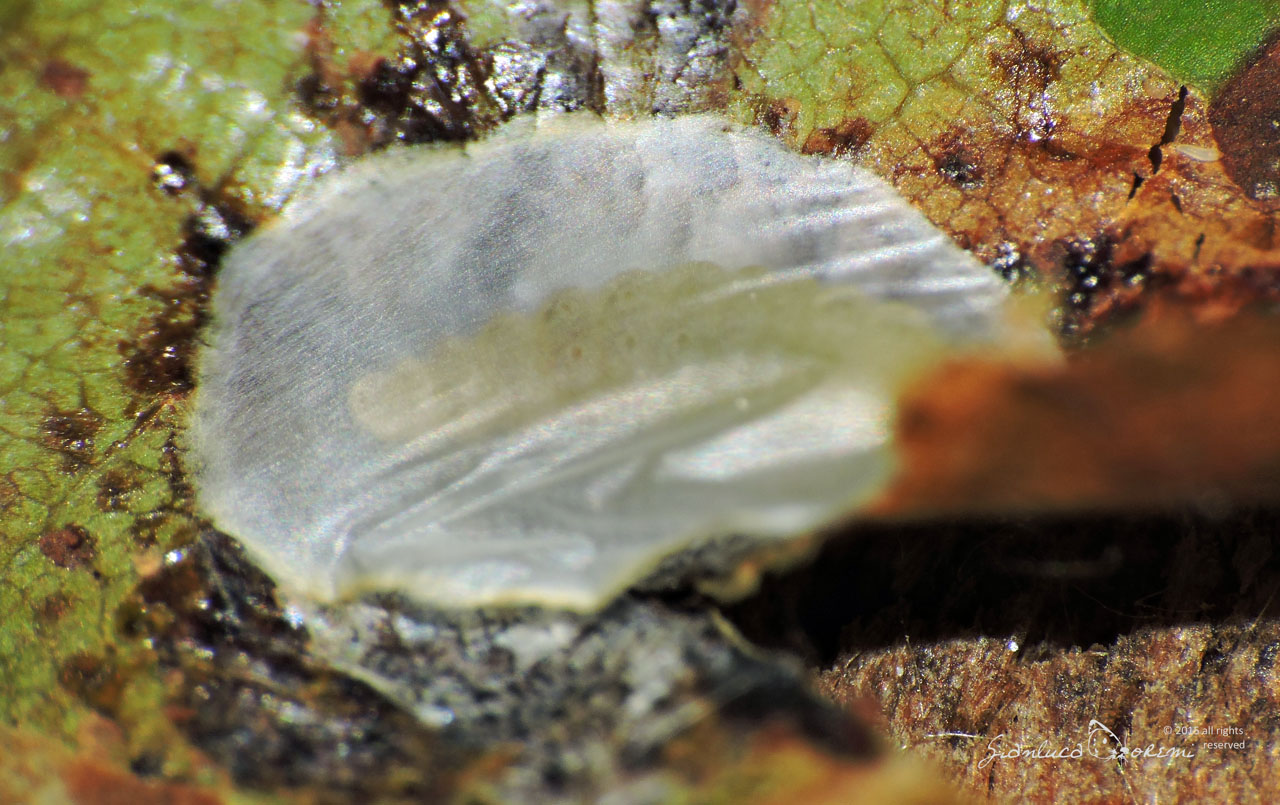
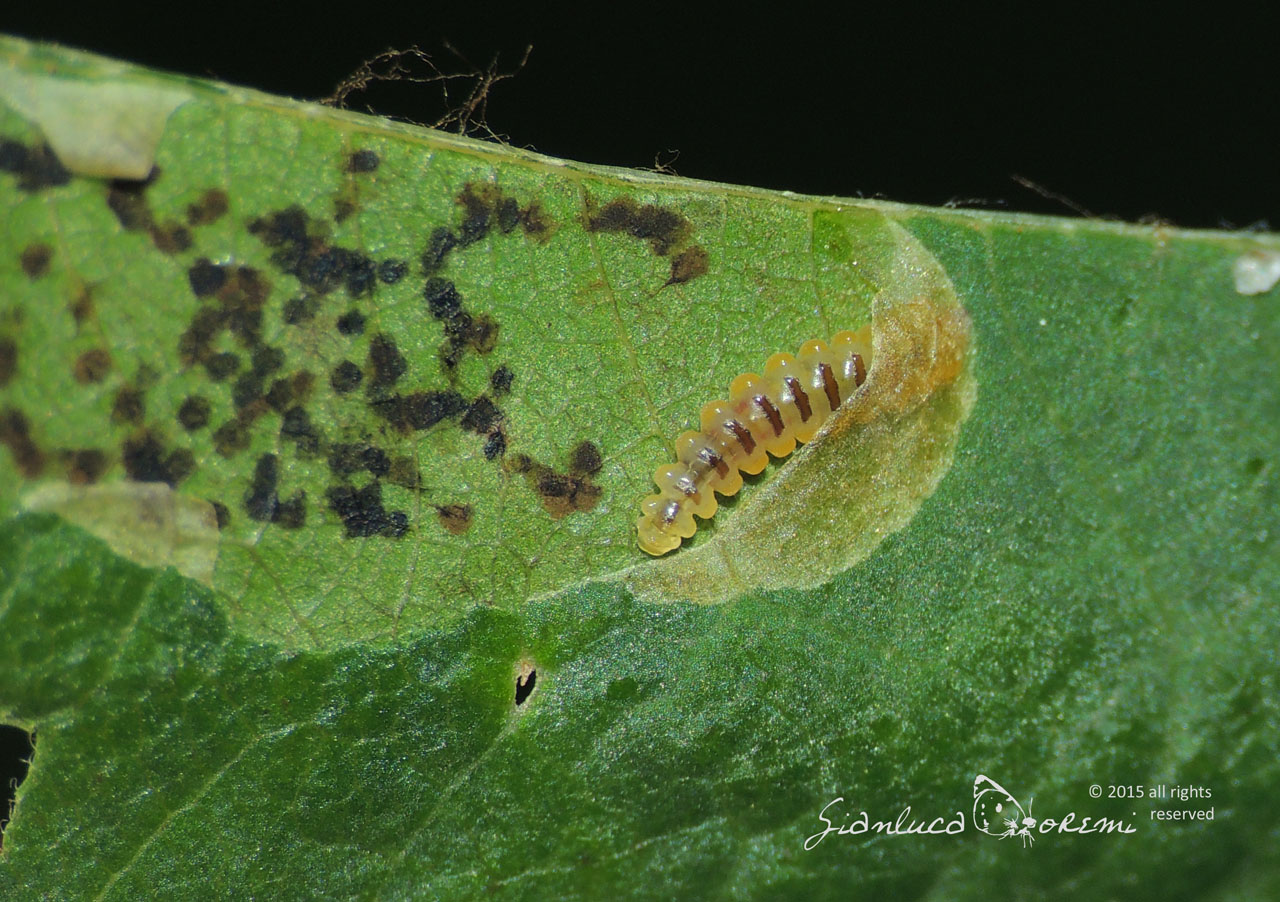
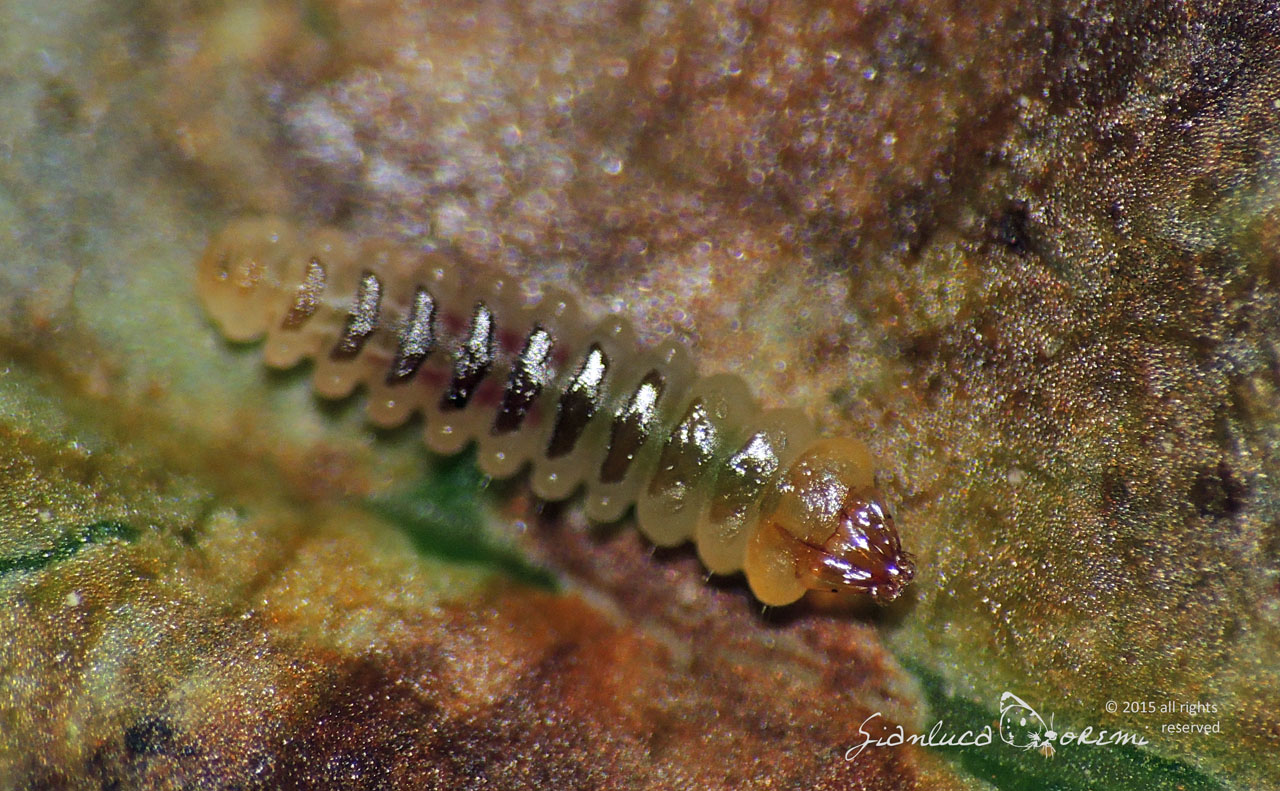

 EN
EN ITA
ITA
Social and publications